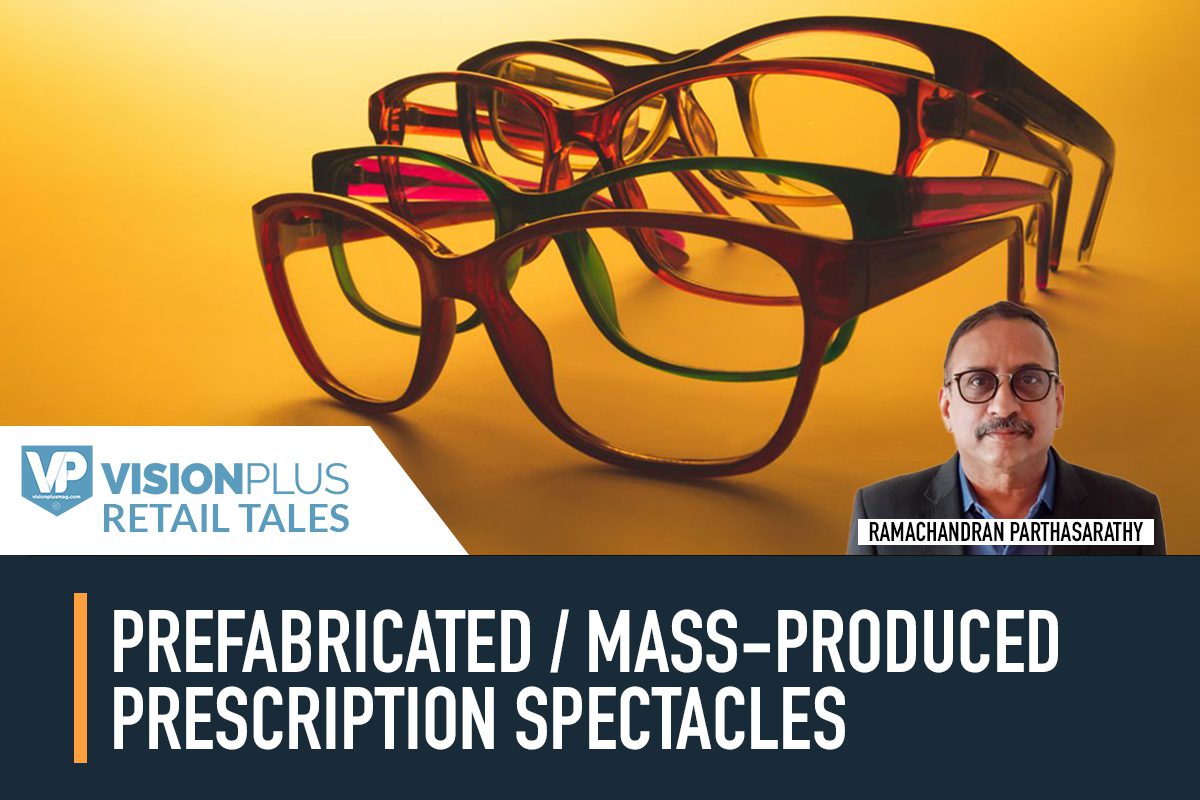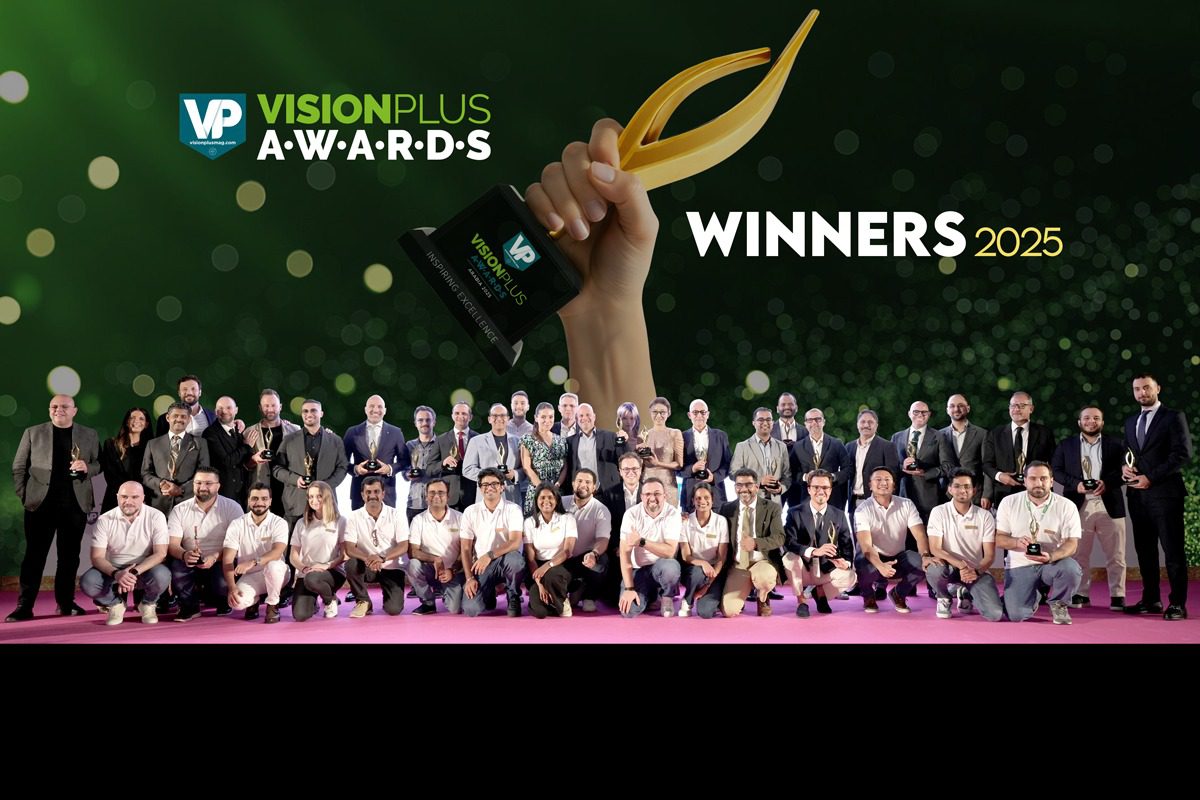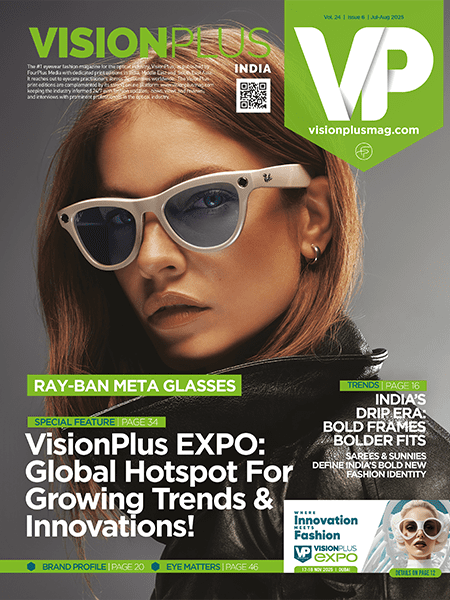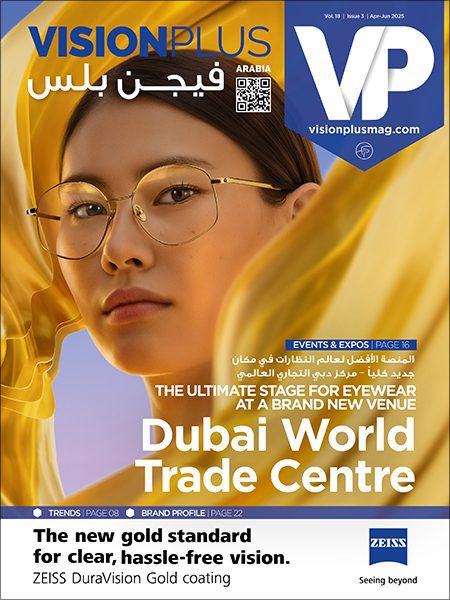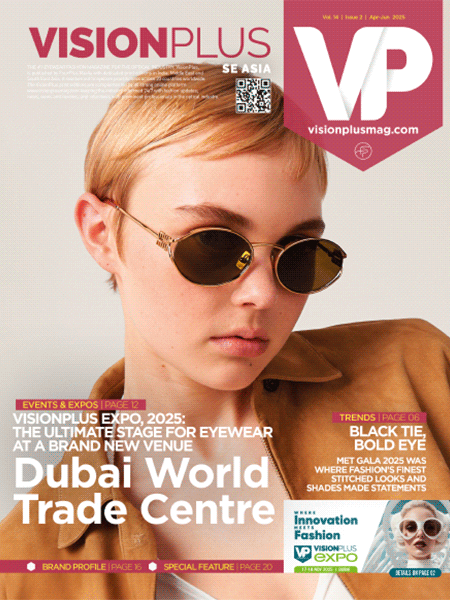The CDSCO notice dated 31 October 2025 lists “prefabricated/mass-produced prescription spectacles” under Item 801 in the medical devices category. This move reinforces India’s increasing focus on quality alignment and consumer protection, a direction the eyewear sector fully supports.
However, a closer look at the evolution of the document, from the stakeholder draft dated 6 January 2025 to the final notified text, reveals a critical technical gap that may lead to operational and regulatory ambiguity.
Where the Definitions Shifted
In the earlier draft, prescription spectacles were clearly defined as custom-made ophthalmic devices designed to correct refractive errors, including myopia, hyperopia, astigmatism and presbyopia.
In the final notification, the same description has been applied to prefabricated/mass-produced spectacles, even though such products:
- Use identical spherical power in both eyes
- Do not correct the cylinder
- Do not compensate for prism or interpupillary distance
This effectively overlaps two fundamentally different product categories and risks grouping low-cost prefabricated presbyopic readers with custom prescription eyewear.
Why the Ambiguity Matters
Without a clear definitional distinction, confusion could arise in:
- Manufacturing compliance
- Import and duty classification
- Supply chain and distribution protocols
- Optician dispensing responsibilities
- Large-scale public-interest eyecare initiatives
Prefabricated readers play a crucial role in community-level eyecare—particularly in rural outreach, NGO-led vision camps, workplace vision initiatives and low-income settings where immediate near-vision correction is essential. Any unintended disruption to this category could affect millions who rely on affordable readers for everyday functioning.
Need for Global Alignment
International standards, including WHO, US FDA, EU MDR and IAPB, consistently classify ready-made spectacles as non-custom, same-power devices intended primarily for presbyopia. The current CDSCO wording diverges from these accepted global definitions.
A Constructive Path Forward
The sector respectfully proposes the following refinements:
- Define prefabricated spectacles as identical-power, non-custom devices meant only for presbyopia
- Clearly distinguish them from customised prescription spectacles
- Ensure technical language avoids unintended regulatory overlap
The industry remains committed to supporting quality and safety standards. Clarifying these definitions will strengthen public health outcomes, improve regulatory efficiency and preserve accessibility for communities where affordable, instant near-vision correction can be life-changing.
The above views expressed by Ramachandran Parthasarathy are in his personal capacity.
 Ramachandran Parthasarathy
Ramachandran Parthasarathy
Eyewear Consultant
Eyewear Business Strategy Expert South Asia
Honorary Advisor – India Vision Institute

